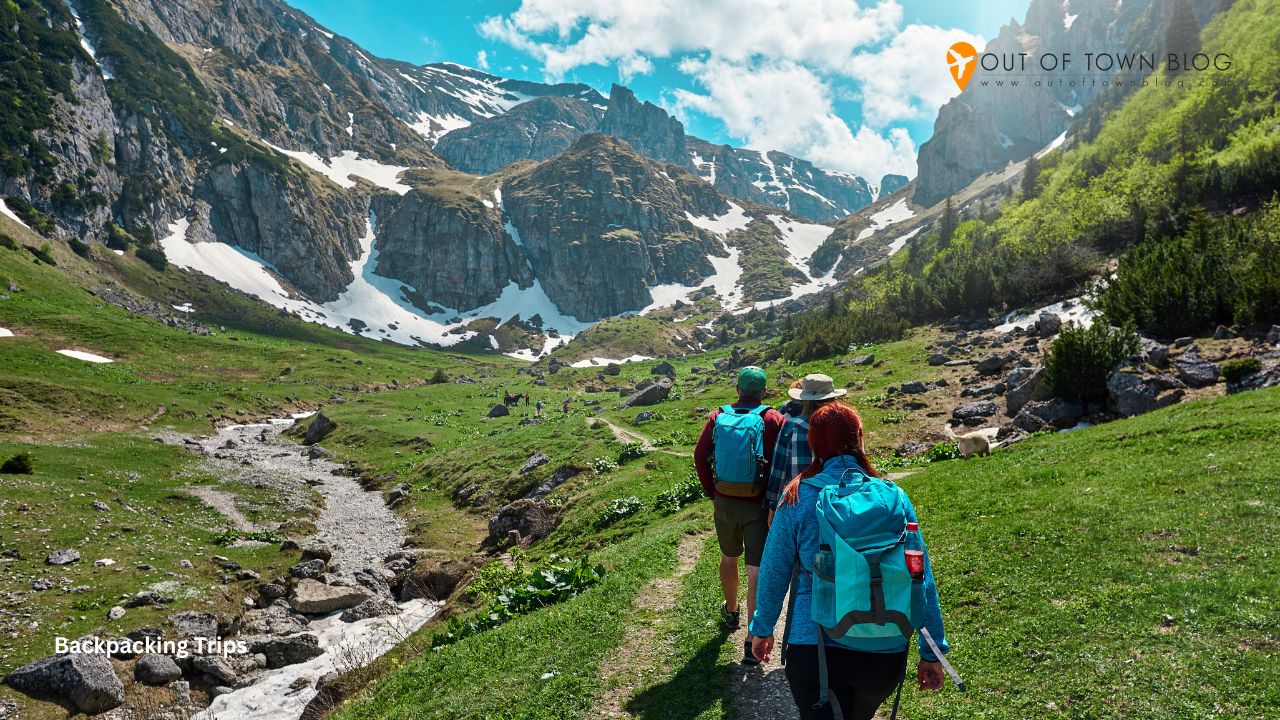
Out of Town Blog
Backpacking Across the Schengen Area: Routes, Costs, and Must-Know Rules
Backpacking across Europe sounds straightforward at first. You grab a backpack, pick a route, and hop from city to city. But once people start planning, they usually discover that Europe is more of a puzzle than a straight line.

Distances can be short, yet the character of each place shifts fast. A two-hour train ride feels like crossing into a different world. That mix of convenience and variety is precisely what makes the Schengen Area so appealing — and why a bit of preparation can save a lot of confusion later.
Entry Requirements and What to Sort Out Early
For many travelers, especially those from outside Europe, a Schengen visa is the first on the list. The documents aren’t complicated, but embassies often ask for proof of insurance, hotel bookings, and a rough outline of the trip.
Passports need to be valid for a good stretch beyond the return date. These things sound minor until you try to fix them right before departure. The earlier you handle them, the more relaxed the rest of the planning becomes. Once the paperwork is sorted, the actual travel decisions finally start to feel real.
Putting Together a Route That Doesn’t Feel Rushed
No one route fits everyone, and that’s the charm of backpacking here. Some travelers race through the big capitals on their first trip — Paris, Berlin, Amsterdam, Prague. Others slow it down and spend longer stretches in smaller towns where life moves at its own pace. A few simple route ideas help with early planning:
- A western loop with Paris, Brussels, and Amsterdam
- Central Europe with Prague, Vienna, and Budapest
- A Mediterranean run through Barcelona, Marseille, and Rome
These outlines aren’t rules. They’re more like starting points you can twist, stretch, or break depending on what catches your attention along the way.
Handling Costs Without Losing Spontaneity
Money shapes the rhythm of long trips, and Europe can swing from affordable to pricey within a single train ride. Scandinavia and major capitals often stretch the budget, while places like Ljubljana, Porto, or parts of Poland feel much gentler on the wallet.
Hostels remain the easiest option, especially those with kitchens. Long-distance buses are usually cheaper than trains, though early train bookings sometimes surprise travelers with low prices. Street food, local markets, and lunch menus help keep meals reasonable. A flexible mindset matters more than strict budgeting.

The Rules That Shape Longer Backpacking Trips
The main rule most visitors need to remember is the 90-day-in-180 limit. It catches people off guard if they don’t track their dates. Some stretch their trips by stepping out of the Schengen Zone for a while — maybe a week in the UK or a detour to the Balkans. Seasonal timing also changes the feel of the journey.
Summer brings crowds and long evenings, while autumn and spring offer quieter streets and easier bookings. With a bit of awareness and a sense of curiosity, backpacking across the Schengen Area becomes less about ticking destinations and more about finding your own rhythm between them.
Madrid Travel Tour Packages You Should Try
Klook.com
(function (d, sc, u) {
var s = d.createElement(sc),
p = d.getElementsByTagName(sc)[0];
s.type = “text/javascript”;
s.async = true;
s.src = u;
p.parentNode.insertBefore(s, p);
})(
document,
“script”,
“https://affiliate.klook.com/widget/fetch-iframe-init.js”
);
Follow and subscribe to OutofTownBlog.com on Facebook , Twitter, Instagram, Pinterest, and YouTube for more Travel-related updates.
Read:
- GUIDE: How to apply for a Schengen Visa from the Philippines
- A Guide to Portugal Schengen Visa Application for Filipinos
- How To Get A German Schengen Visa for Philippine Passport Holders
- How To Get A Schengen Visa For Your Overseas Friend or Relative
Backpacking Across the Schengen Area: Routes, Costs, and Must-Know Rules
Melo Villareal
Out of Town Blog
